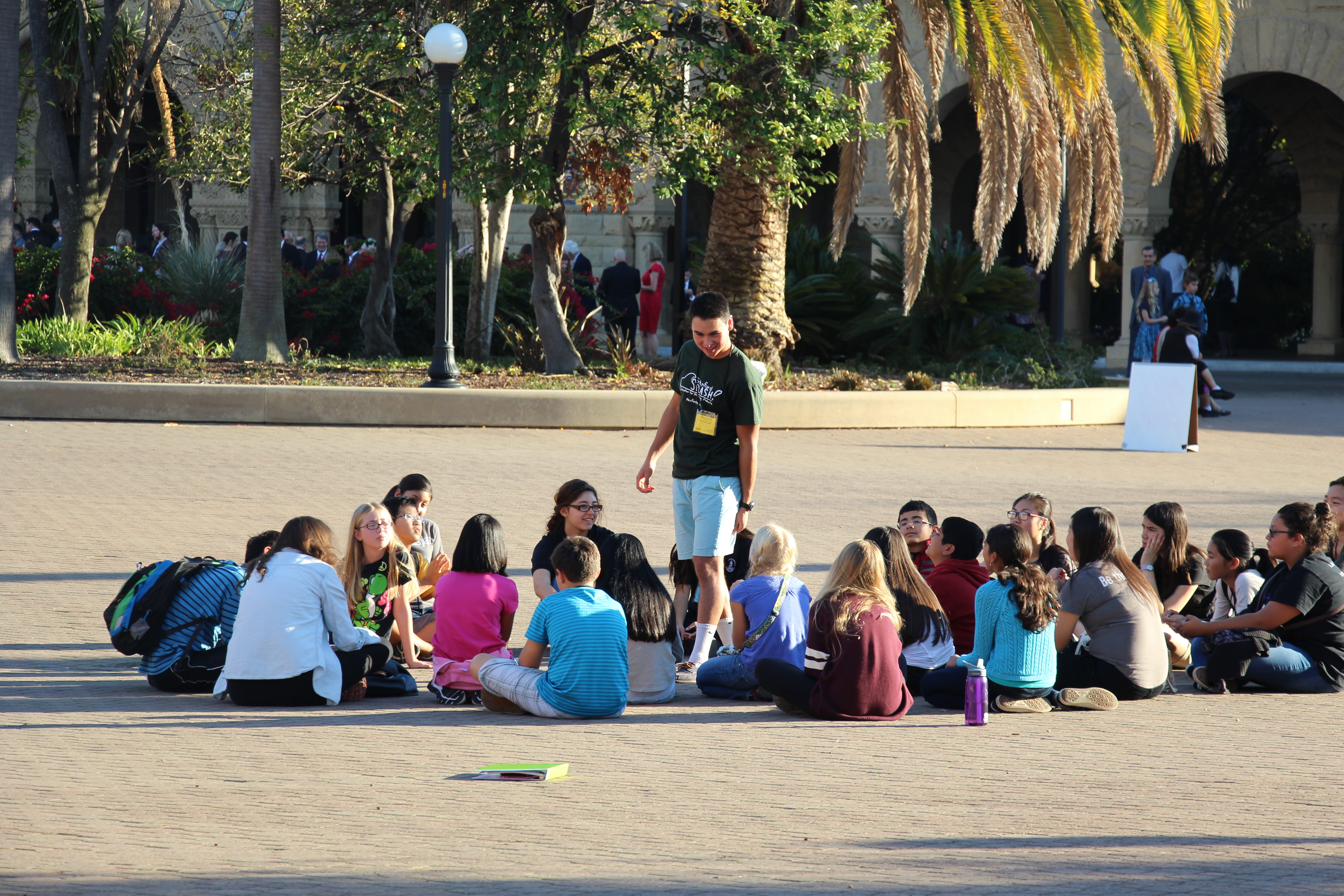


“I feel like we’re being driven by a political environment that increasingly feels that race is a dividing force in our country.” “All of us are very frustrated that narrow political considerations are threatening to change the way that we teach and learn and the conditions under which our students learn - and that’s a tragedy,” said Pomona College President G.
Stanford early actio free#
“It restores the fundamental promise of a colorblind Constitution,” Yoo said.īut more than 80 private institutions in the state have been free to consider race in admissions decisions, and many have watched the growing challenges to diversity initiatives with alarm. He supported the court decision, saying past rulings that allowed race to be considered “caused disaster” - such as those affirming school segregation, denying citizenship to people of African descent and justifying the mass incarceration of Japanese Americans during World War II.
Stanford early actio how to#
UC Berkeley law professor John Yoo said the UC system exemplifies how to build diversity without using race as a factor in admission, and noted other campuses also can do so using geography, income or other factors. The ruling comes at a time of deep financial pressures in higher education, with decreasing enrollment and family questions over the value of a high-cost college education during economically tough times. Some college officials worry about the cost of such efforts - or whether their state leaders have the political will to carry them out.

where differing backgrounds and points of view are embraced, where ideas collide, beliefs are challenged and innovation thrives.” “This decision will not impact our commitment to creating a campus that is welcoming, diverse, and inclusive. “USC has long understood that excellence and diversity are inextricably intertwined,” USC President Carol Folt said in an Instagram statement. But they assured students of color that they had earned their place in college and vowed to continuing building a welcoming culture for all. Many campus leaders at public and private universities expressed disappointment with the decision, saying the court ruling had removed an essential tool to help create diverse classes. State voters banned affirmative action at public campuses by approving Proposition 209 in 1996. The decision won’t directly affect the University of California or California State University. Roberts added, however, that institutions must consider that background in the context of applicants’ “quality of character or unique ability that the particular applicant can contribute to the university” and treat them based on experiences as individuals, not on the basis of race. But Roberts also wrote that “nothing prohibits universities from considering an applicant’s discussion of how race affected the applicant’s life,” which will continue to allow students to write about their backgrounds in college essays.


 0 kommentar(er)
0 kommentar(er)
